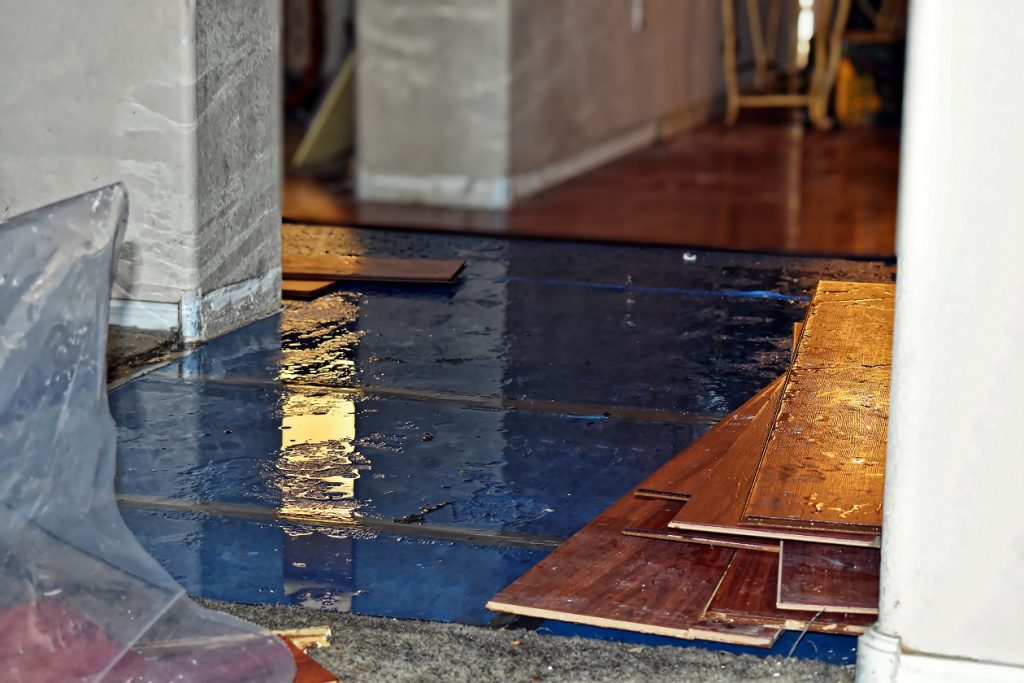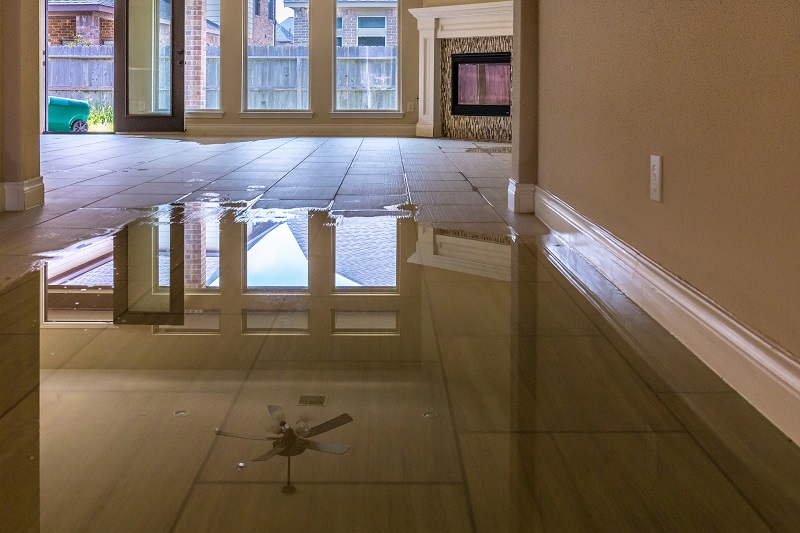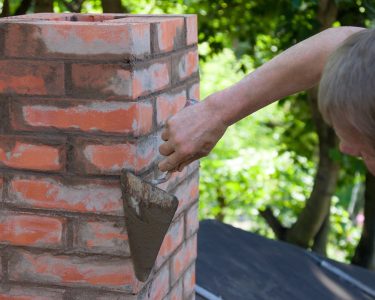Even if you don’t live near a flood plain, a house flood is always a possibility. Unfortunately, there are more than a few things that can cause flooding such as an overflowing toilet, a malfunctioning washing machine, or a busted water heater. Between natural disasters and aging appliances, chances are you that you will experience flooding at some point as a homeowner.
Home Flooding Statistics
While we hope that you never venture into your basement to find yourself ankle deep in water, the sobering truth is that the odds are not in your favor. Almost 40% of homeowners claim to have experienced some type of water damage while approximately 14,000 people have a water disaster every day in the U.S. Indeed, almost all basements will suffer some amount of flooding.
Moreover, water cleanup is neither cheap nor easy no matter how well you protect your belongings. The average cost of a home water damage insurance claim is nearly $7000.
Since even an inch of water can result in thousands of dollars of damage, there are a number of steps you should take right away to protect your home.
Document the Extent of the Damage
Before removing any water, you need to get proof of the extent of the damage to your home and its contents. Although removing the water is a high priority, you will need to document the damage in order to make an insurance claim. Photographs or video footage of the flooded areas will help the claims adjuster investigating your claim. If you take out any water or start repairs prior to taking photos, you might lower the amount of your claim.
Contact Your Insurance Provider
Before removing any water, you need to get proof of the extent of the damage to your home and its contents. Although removing the water is a high priority, you will need to document the damage in order to make an insurance claim. Photographs or video footage of the flooded areas will help the claims adjuster investigating your claim. If you take out any water or start repairs prior to taking photos, you might lower the amount of your claim.

Stop the Source and Remove the Water
Depending on the severity of the damage, you best bet may be to call a professional to handle the cleanup. An experienced water damage restoration company will have both the equipment and the expertise to remove standing water safely and effectively.
Nevertheless, you still need to cut off the water source as soon as possible. If you’re unsure of the flooding source, the safest thing is to shut off your main water valve. For this reason, it’s always good to know its location, especially since disaster can strike at any time.
Mitigate Any Mold Damage
Since mold can begin to grow anywhere from 24 to 48 hours after a flood, you should remove wet items such as carpeting or bedding right away. If you take action within 48 hours, many of these objects may be salvageable.
Nevertheless, you’ll have to weigh their worth against the possibility of mold growth in your home. You may just have to just throw away your damaged items and plan to start over in the affected areas. Since mold remediation will cost much more down the road, this isn’t a decision you should take lightly.
Besides your possessions, you might have to remove drywall, flooring, and insulation to keep mold from spreading. At this point, you should consult a mold remediation company to determine your best course of action.
When your home floods, the important thing is to have a plan and to act quickly. It’s essential to know who to contact for help and how you will proceed in order to minimize the damage and make your home livable once again.





